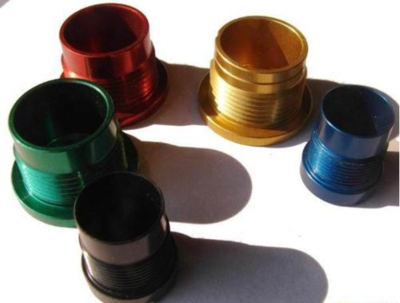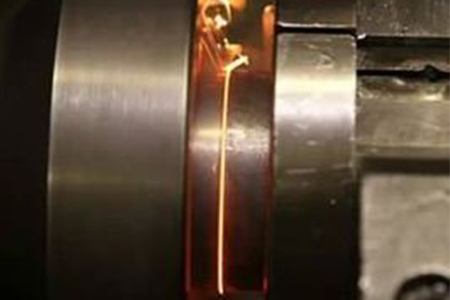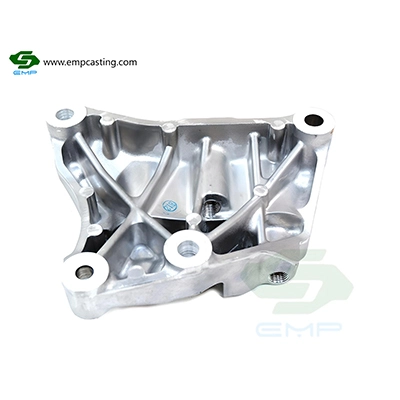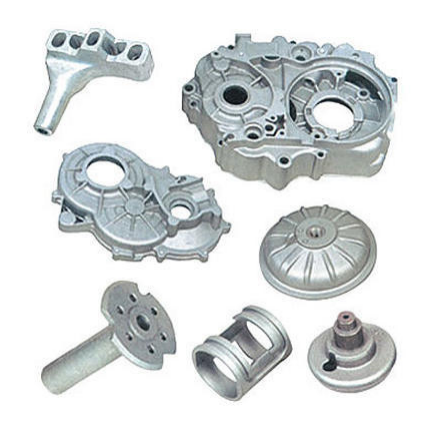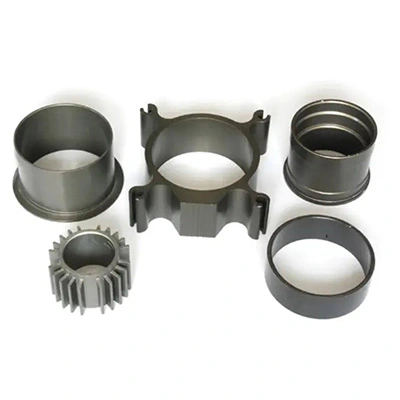

50% of the hard-oxide film penetrates the aluminum alloy, and 50% adheres to the surface of the aluminum alloy. Therefore, after hard-anodizing, the outer diameter of the product is large, the inner hole is small. After common anodizing, the outer diameter of the product is small, and the inner diameter becomes big.
The main differences between hard anodizing and common anodizing are as follows:
Electrolyte temperature. The electrolyte temperature of common anodizing is relatively high, generally 18~22℃. The temperature electrolyte for hard anodizing is relatively low, generally below 5°C. Generally speaking, the lower the electrolyte temperature, the higher the hardness of the anodic oxide film.
Electrolyte concentration. The concentration of the Normal anodizing electrolyte is generally around 20%. Hard-anodizing electrolytes have relatively low concentrations of 15% or less.
Current and voltage. The current density used in common anodizing is generally ~A/dm2, and the voltage is generally around 20V. The current density and voltage of hard anodizing are relatively high, the current density is generally 2-5A/dm2, and the voltage is as high as 100V.
Process operation. Hard anodizing generally uses a step-by-step voltage operation, while common anodizing is not necessarily required. In addition, compared with Normal anodizing, hard anodizing requires a longer time, and the energy consumption and cost are relatively high.
In terms of anodized films and their properties, hard-anodized films are thicker, have higher hardness, and have lower porosity.
Common anodized films are relatively thin, with low hardness, high porosity, and smooth surface.
The principle, equipment, process and research, and test methods of hard anodizing are not significantly different from common anodizing. There are only some differences in the operation process and the performance of the anodized film. Therefore, the two learn from and relate to each other.
Hard anodizing
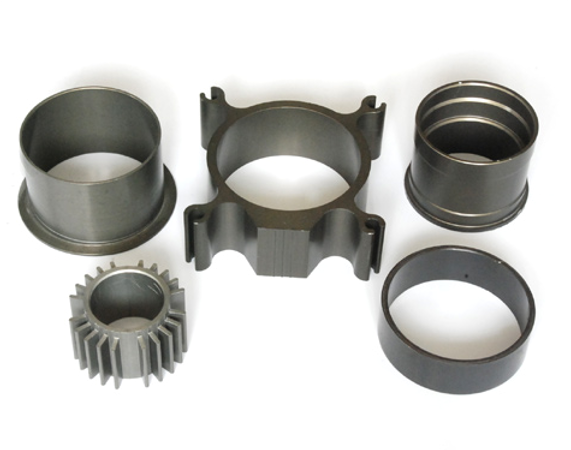
Common anodizing
